Curious Questions: How do the genuine experts go about tasting whisky?
Developing a true appreciation of whisky is both a serious art and a delightful science – but how do the experts go about it? We spoke to Charles MacLean, the world's foremost whisky expert, to get his tips.

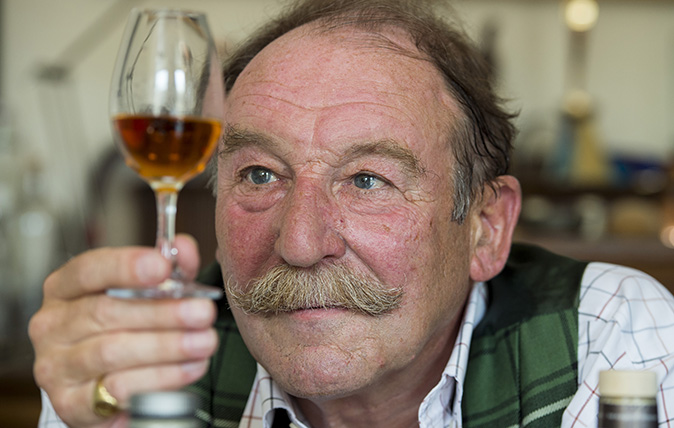
There’s no better loved authority on the amber nectar than Master of the Quaich, author, whisky consultant, noser and taster extraordinaire Charles MacLean. In many ways, this Conan Doyle-like figure personifies uisge beatha (water of life in Gaelic).
Clubbable, entertaining, with a mellifluous lilt, he’s a familiar bon viveur in Edinburgh circles, but also famous as far as Beijing, where the first of 12 Charles’ Whisky Bars opened last year, with his trademark moustache and monocle on its logo. He’s steeped in his Hebridean heritage, too, and can trace his forebears back into the mists of time, rolling a litany of Gaelic patronymics over his tongue like a draught of mature malt.
A flat in the New Town, with Georgian windows drinking in sunlight over a cobbled street, is a distillation of Charlie’s world: a suite of atmospheric rooms filled with books, Scottish prints and paintings and the tools of his trade.
In the study, Alfred Barnard’s The Whisky Distilleries of the United Kingdom (1887) and Emmanuel Dron’s massive Collecting Scotch Whisky (2017) rub shoulders with numerous bottles, a cut-glass tumbler and ashtray beneath the inevitable invitation to his friend Sandy McCall Smith’s latest book launch.
The sitting room, looking out to the Fife hills across Fettes College and Stockbridge, resembles a smoking room, with a big leather sofa and mahogany bookcases. Beyond the hall’s cap-hung antler, a packet of Brodies Fine Teas sits on the kitchen table, awaiting the next visitor.
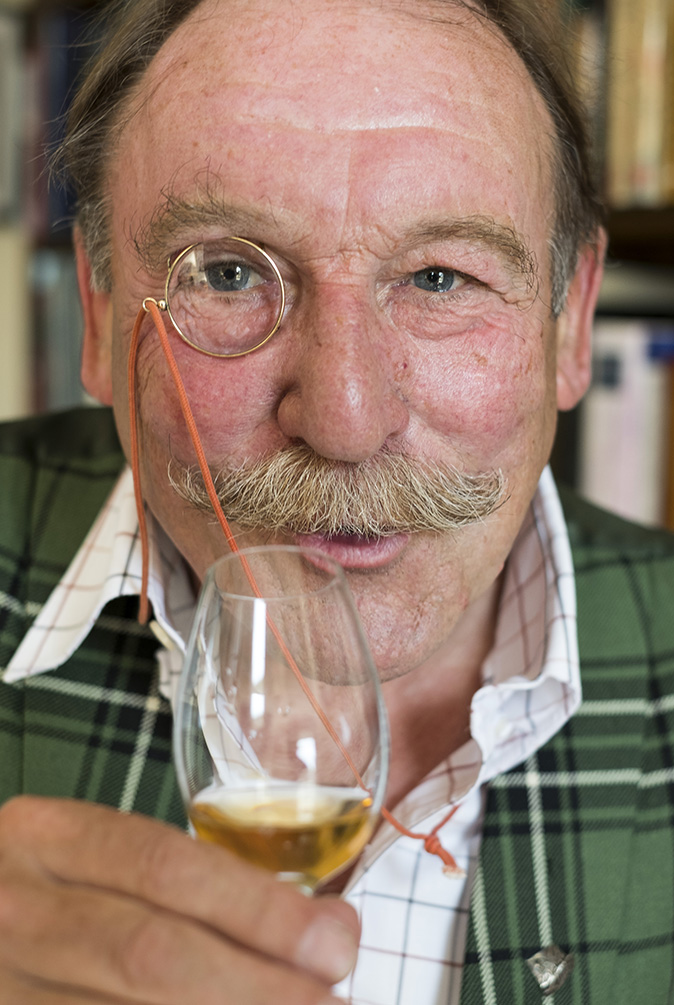
It’s the dining room, however, that defines the connoisseur, for here he’s created his own whisky-tasting sanctum, complete with floor-to-ceiling library – ‘one of the largest collections of whisky books in the world, I’d have thought’ – and bottles of malt with names such as Steel Bonnets, Man O’Sword and GlenDronach. A medical-looking consignment of 74 single-cask malt samples has just come from Diageo, a leading client; as well as private tastings and assessments, Charlie does detailed note-taking for numerous whisky companies.
The best times of day to taste whisky
‘The best time to do nosings and tastings is in the morning, before lunch, because your whole system’s fresher,’ he advises.
Exquisite houses, the beauty of Nature, and how to get the most from your life, straight to your inbox.
‘I like to work from about 11am until lunchtime and then revisit the job at about 6pm, when you pick up different notes.
‘Your palette becomes incredibly dull in the afternoon, which is one good reason for taking a siesta. Often, I’ll just taste and spit, but when I’m doing detailed notes, I have to swallow, so I can really only comment on about four in one session.’
What to eat, not eat, – or smoke, or not smoke – before you taste whisky
‘It’s better not to have breakfast,’ he advises.
‘Interestingly, I’m a keen smoker, but that doesn’t seem to make a difference. You mustn’t smoke for about half an hour before nosing and tasting…
‘Ideally, you should be a little careful about what you eat and drink the night before – no highly spiced curries or lots of tequila. It’s very difficult if you wake up with a thick head.’
Don’t get too hung up about avoiding any spicy food when you’re drinking for pleasure, however.
‘Actually,’ says Charlie, ‘I think Asian food goes better with whisky than European. To pair a whisky with meat and two veg doesn’t work as well for me as small, spicy snacks and dim sum.’
What to look for in the nose, on the palette and on the tongue
Evaluating whisky is all to do with flavour – a combination of smell, taste and texture – Charlie says.
‘For blended Scotch (90% of whisky made), it’s mostly about texture – known as the “mouth-feel effect” – and taste, but for malt, it’s the aroma that’s fundmentally important. The nose is so, so much more sensitive than the tongue and soft palette.’
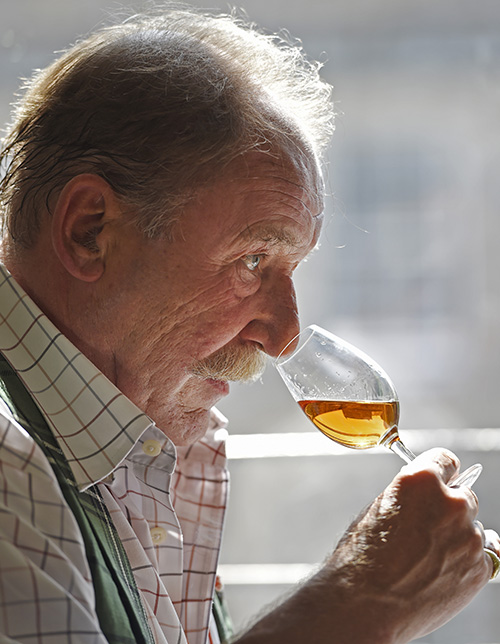
Don’t be deceived by where whisky comes from
At Charlie’s office a batch of samples has recently arrived from the Cotswolds, where ancient varieties of barley are being used to produce a ‘soft and very drinkable’ malt. English whisky hadn’t been seen for a century until St George’s in Norfolk was established 12 years ago; now, there are about a dozen distilleries south of the border.
However, the whisky that has won more prizes than any others in recent years hails from much further afield. Taiwan’s Kavalan beat English and Scotch malts with seven points out of 10 in a recent blind tasting.
‘It’s amazing. When I first tasted it, I was incredulous,’ says Charlie.
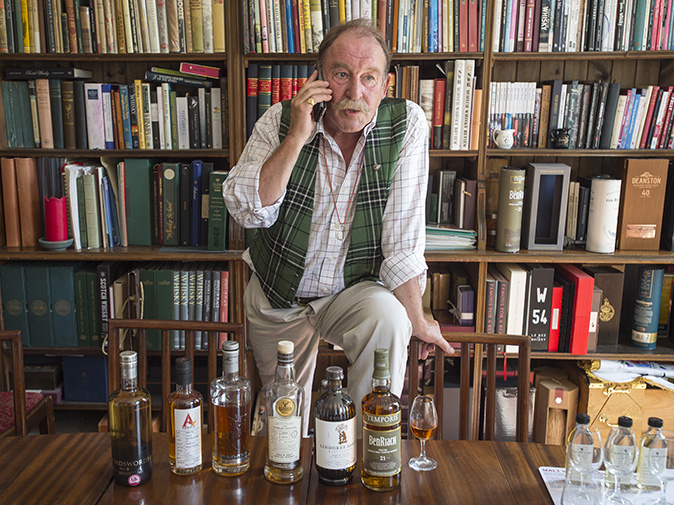
How to find the words to describe what you’re tasting
A rare combination of literary flair with scientific and academic knowledge and years of experience is the key for Charlie. He’s devised a poetic version of the flavour wheel, adding his own words to each descriptor – ‘smoky lapsang suchong’ through to ‘creosote’ to denote the various grades of ‘peaty’, for example. He points out the different uses of language: ‘analytical’ for objective tastings – each distillery uses its own descriptors when rigorously checking samples to ensure they’re ‘on spirit character’ – and ‘hedonic’ for consumer-led tastings, which are much more subjective.
‘If it reminds you of seaweed, sweaty gym shoes or wet sheep (a not uncommon description), you’re encouraged to say so. Women are often much better on these tasting panels than men.’
Don’t expect to arrive at an all-time favourite – just things you like
Can he name a favourite malt? ‘Ha! It’s impossible. The truth is that any distillery is capable of producing a superlative product or a dog. It’s so dependent upon the casks – as the old boys say, “the wood makes the whisky” – but, for general drinking, my go-to is Johnnie Walker Black Label – if somebody else is paying!’
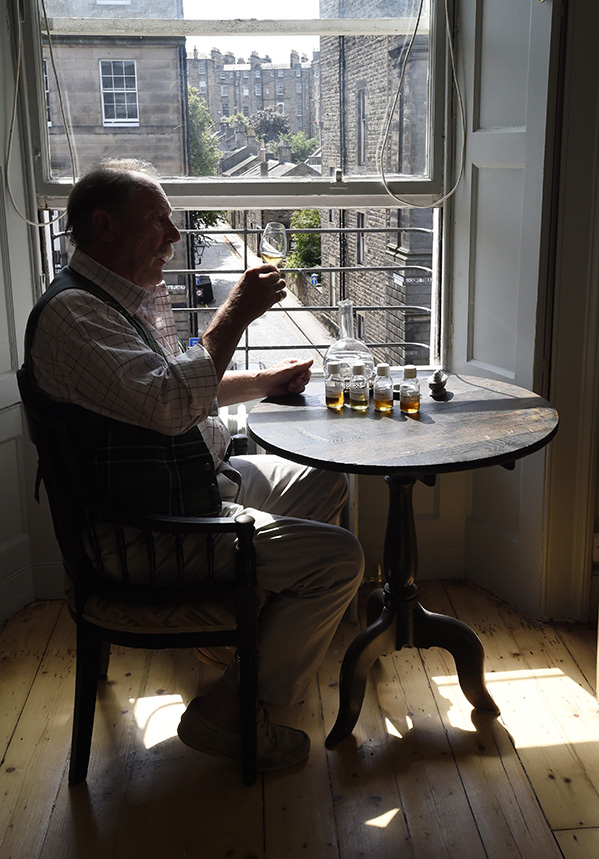
Born in Glasgow, schooled in Edinburgh, an Art History graduate of St Andrews with a law degree from Dundee, Charlie co-founded the Maclean Dubois literary agency in 1977 and has been in Edinburgh ever since. Commercial copywriting for whisky companies led to a growing interest in the subject and, by 1988, ‘I had a track record sufficient to make a fist of a proposal to a London publisher’. The Mitchell Beazley Pocket Guide to Scotch Whisky was the result.
Since then, he’s published 16 more whisky books, done a training in the Sensory Evaluation of Potable Spirits, played himself in Ken Loach’s award-winning film The Angels’ Share and been inducted into Whisky Magazine’s Hall of Fame. Last year, he made 23 trips abroad to 17 countries promoting whisky. Charlie gives talks and guided tastings – his website, www.whiskymax.co.uk, has more details.
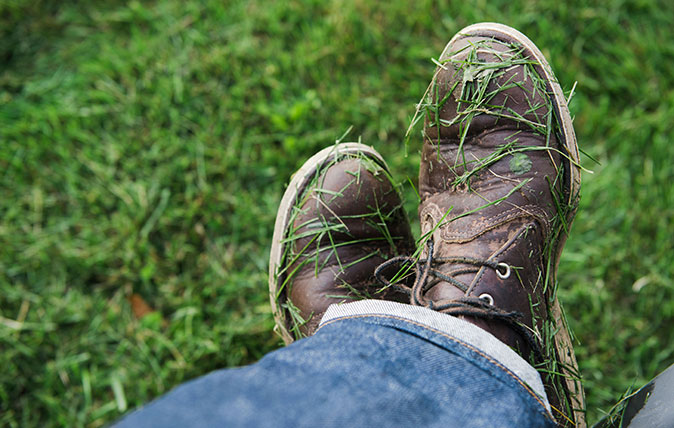
Credit: Alamy
Curious Questions: Why does freshly-mown grass smell so good?
Nothing says 'Spring is here' better than that wonderful aroma of newly-cut lawn. Martin Fone, author of 'Fifty Curious Questions',
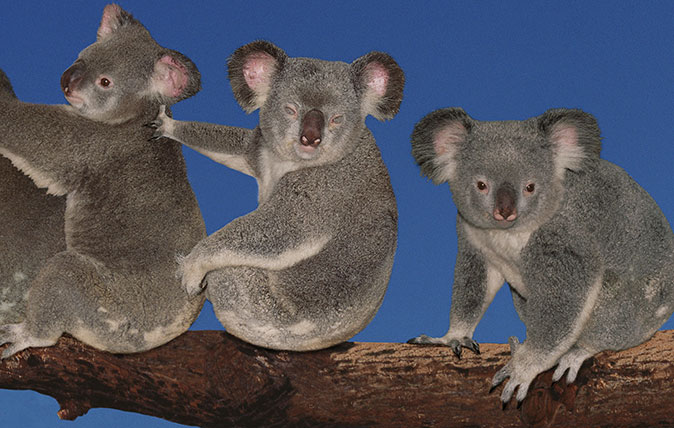
Credit: Rex
Curious Questions: How do you take a group photo in which nobody is blinking?
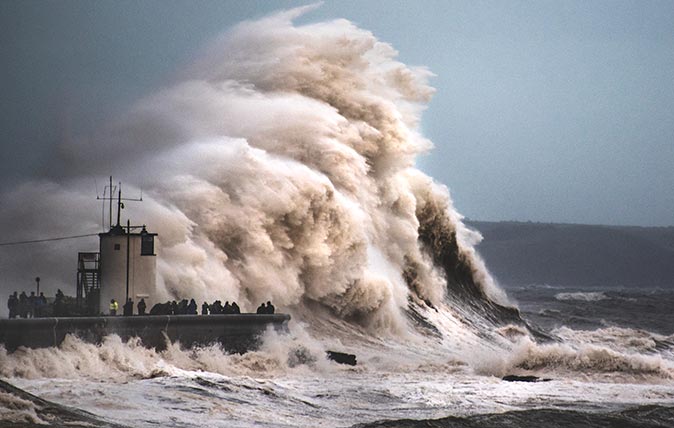
Credit: Getty Images
Curious Questions: Are weather forecasts really as bad as you think they are?
Weather forecasters might not always get it right, but technology is making meteorology more of an exact science than it
Mary Miers is a hugely experienced writer on art and architecture, and a former Fine Arts Editor of Country Life. Mary joined the team after running Scotland’s Buildings at Risk Register. She lived in 15 different homes across several countries while she was growing up, and for a while commuted to London from Scotland each week. She is also the author of seven books.
